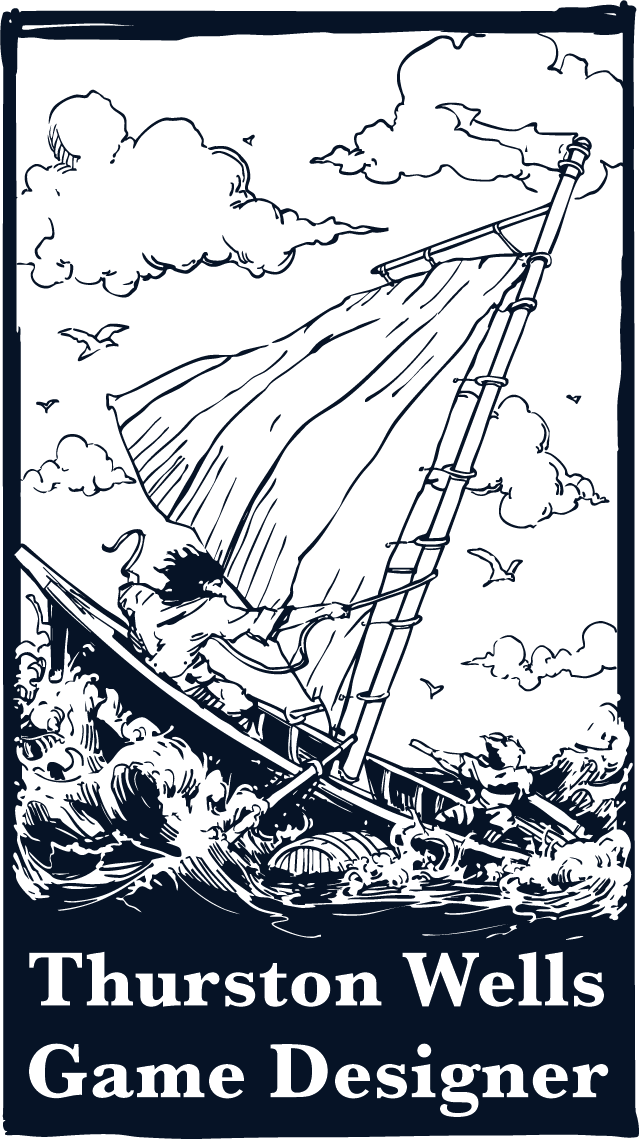ProReal – Professional
QA, Playtesting & Design Support at Rethinkly
(May 2023 – Present)
I’ve been working on ProReal since May 2023, beginning with version 3.8 and continuing through to version 4.18. My primary role has been QA and playtesting, contributing to internal and public builds through structured testing, feedback, and regression tracking. Alongside this, I’ve provided design support, including tutorial planning, feature ideation, internal structure mapping, and exploratory use-case planning.
ProReal is developed in Unity and runs in-browser across multiple platforms.
“ProReal was originally designed to help users see the unseen and to communicate or hear the stuff that’s difficult to express with just words. Where role play and audio visual tools might have been used by trainers and communicators, avatars and virtual worlds opens up a new world of engaging audiences.”
-ProReal’s About Page
This page outlines the QA workflows, tutorial design contributions, interaction planning, and responsibility breakdowns I’ve made across internal and public development builds from version 3.8 to 4.18.

Responsibilities
- Performed structured QA on general usability and targeted systems across multiple builds.
- Managed testing and updates of tracked bugs across development versions.
- Conducted regression testing to verify previously fixed issues across new versions.
- Playtested internal and public builds and provided feedback on game feel, interaction clarity, control mapping, and user experience.
- Prototyped a skybox management system to improve visual continuity and performance.
- Planned and diagrammed tutorial flow concepts, including visual and interactive structure mapping.
- Created system structure drafts for adapting the platform to alternate use cases.
- Produced concept planning for potential mechanics and design variations.

This slide outlines my standardised bug report template covering all essential fields: issue type, brief summary, detailed description, reproduction steps, environment info, expected result, and actual outcome. It supports reproducibility and promotes clear fix verification.
QA Role in Practice
I conducted manual testing across internal and public builds, logging reproduction steps, diagnosing issues, and analysing their impact within interconnected systems. Following each build update, I performed regression testing and validated bug fixes in new versions.
- Maintained an approximate 83 % bug resolution rate across all tracked reports through strong collaboration and communication with the development team.
- Logged and documented multiple game-crashing and high-severity bugs.
- Executed cross-browser, cross-device, and cross-platform compatibility testing to ensure a consistent experience.

Tutorial Design Concepts
This diagram illustrates a multi-step guided tutorial structure, where each row represents a complete stage of interaction: the system logic involved, what is presented to the player, and the expected player response. These three elements function concurrently at each step, and the flow then progresses to the next stage.
I created visual mock-ups to explore how prompts and feedback might appear in context, accompanied by written breakdowns for each of the 14 stages, covering interaction triggers, visual presentation, and system transitions.
Key Takeaways
- Diagnosing root causes enables rapid resolution.
I improved at identifying not just what was broken but why, enabling more efficient and accurate bug fixes. - System awareness prevents unintended issues.
Understanding how features interconnect lets me anticipate and test for the effects of updates on existing functionality. - Anticipating edge-case issues improves implementation stability.
I’ve developed the ability to spot where problems will likely arise across games, prototypes, and web projects, allowing me to prevent many bugs before they surface. - Strategic playtesting sharpens intuition.
Regular internal testing honed my ability to perceive subtle shifts in-game feel, what works and what doesn’t. - Structured communication enhances teamwork.
Clear, prioritised bug reports and QA feedback strengthened collaboration with developers and designers.
Want To See More?

